How to Hypermile: Driving Techniques for Improved Fuel Efficiency and Reduced Emissions 5
Driving is an essential part of our daily lives, whether it’s commuting to work, running errands, or going on a road trip. With the cost of gas constantly fluctuating, and the impact of vehicle emissions on the environment, it’s more important than ever to find ways to make our driving habits more efficient. That’s where Hypermiling comes in.
In this blog post, we will explain what Hypermiling is, how it works, and its benefits. We’ll also provide tips and techniques for Hypermiling, as well as safety and ethical considerations. By the end of this article, you’ll have a clear understanding of Hypermiling and how it can benefit you, your car, and the environment.
At its core, Hypermiling involves driving in a way that minimizes the amount of energy needed to move the vehicle. This includes reducing drag, maintaining a consistent speed, and avoiding unnecessary idling or aggressive driving. The goal is to improve fuel economy and reduce emissions, while still getting to your destination safely and efficiently.
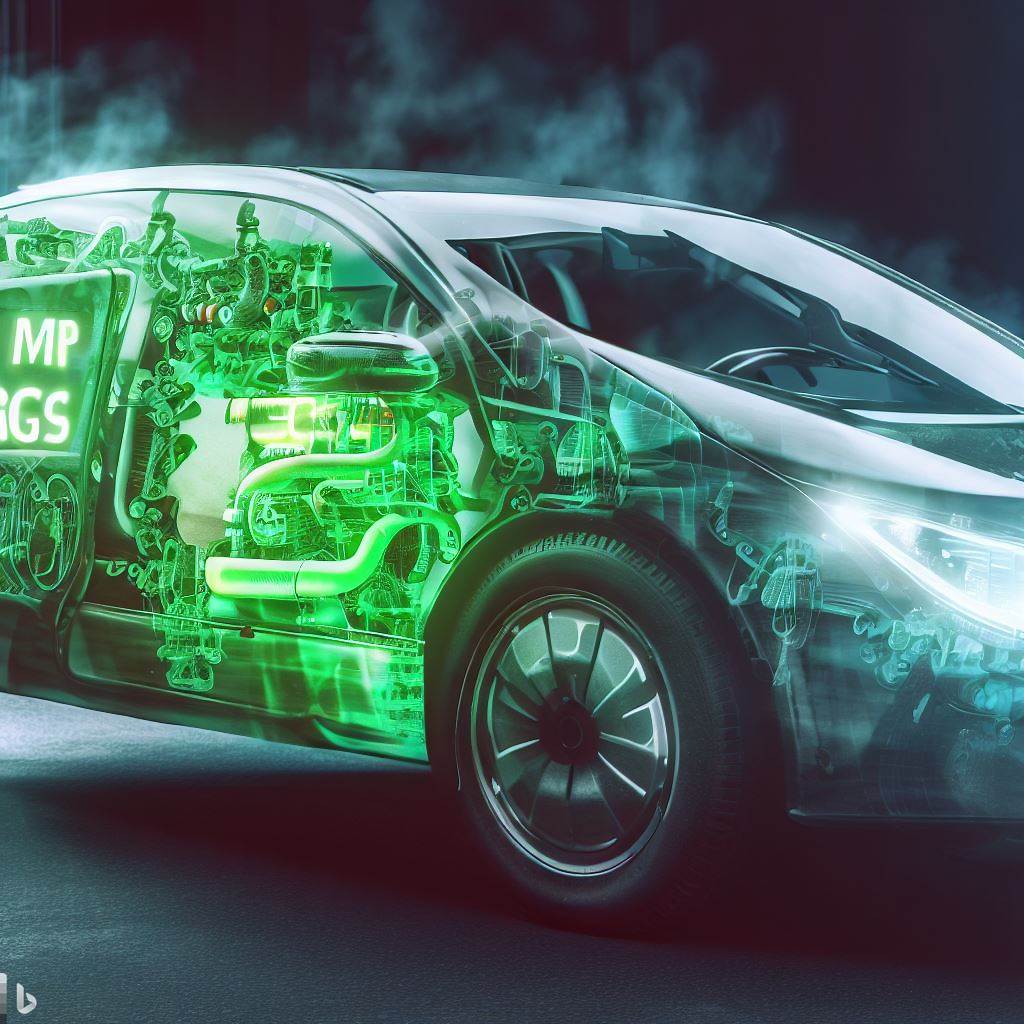
Basic Principles of Hypermiling
There are a few basic principles that underpin Hypermiling techniques:
- Reduce drag: Drag is the force that resists the motion of a vehicle through the air. The more drag a vehicle has, the harder the engine has to work to maintain speed. To reduce drag, Hypermilers use techniques like keeping the windows closed, removing roof racks, and driving at a steady speed.
- Maintain a steady speed: Rapid acceleration and braking can reduce fuel efficiency. Hypermilers try to maintain a consistent speed while driving, which reduces the amount of energy needed to accelerate and brake.
- Avoid idling: Idling wastes fuel, as the engine is running without moving the car. Hypermilers avoid unnecessary idling by turning off the engine when stopped for more than a minute or two.
- Plan ahead: Hypermilers plan their route in advance, taking into account traffic patterns, road conditions, and weather. By knowing what to expect on the road, they can drive more efficiently and reduce the amount of fuel used.
Techniques used in Hypermiling
There are many techniques that Hypermilers use to improve fuel efficiency. Some of the most common techniques include:
- Coasting: Coasting involves turning off the engine and coasting in neutral or with the clutch disengaged. This technique is only safe on a flat or downhill slope, and should never be done on a busy road or at high speeds.
- Pulse and glide: Pulse and glide involves accelerating quickly to a certain speed, then coasting to maintain that speed. This technique can be used on flat or hilly roads, and can improve fuel efficiency by up to 20%.
- Drafting: Drafting involves driving closely behind another vehicle to reduce wind resistance. This technique is only safe in controlled conditions, and should never be done at high speeds or on busy roads.
- Driving at a steady speed: As mentioned earlier, maintaining a consistent speed is important for fuel efficiency. Hypermilers aim to stay within the speed limit, and avoid rapid acceleration or braking.
Reducing weight: The more weight a vehicle has, the harder the engine has to work to move it. Hypermilers remove unnecessary weight from their vehicles, such as roof racks, spare tires, and heavy cargo.
- Minimizing use of AC and other electronics: Air conditioning, heating, and other electronic devices use energy from the engine, which reduces fuel efficiency. Hypermilers use these devices sparingly, and may even turn them off entirely to save fuel.
- Driving in the right gear: Hypermilers make sure they are driving in the appropriate gear for their speed and driving conditions. Driving in the wrong gear can reduce fuel efficiency and put unnecessary strain on the engine.
These techniques may seem extreme or unsafe to some drivers, but when done correctly and in safe conditions, they can have a significant impact on fuel efficiency and emissions.
Benefits of Hypermiling
Hypermiling ofers a number of benefits, both for drivers and the environment.
One of the most obvious benefits of Hypermiling is improved fuel efficiency. By using techniques like driving at a steady speed and avoiding unnecessary idling, drivers can reduce the amount of fuel consumed while driving. This translates to fewer trips to the gas station and lowr fuel costs over time.
The less fuel a car uses, the fewer emissions it produces. Hypermiling can help reduce the carbon footprint of your vehicle, which is better for the environment and can even improve air quality in your local area.
As mentioned earlier, Hypermiling can save drivers money on gas over time. By improving fuel efficiency, drivers can reduce the amount of money they spend on gas each month. This can be especially beneficial for people who drive long distances on a regular basis.
When a car is driven more efficiently, it puts less strain on the engine and other components. This can result in a longer lifespan for the vehicle, as there is less wear and tear on the parts.
Hypermiling requires a certain level of attention and planning while driving. This can help drivers develop better driving habits, such as staying focused on the road, avoiding aggressive driving, and planning their routes in advance.
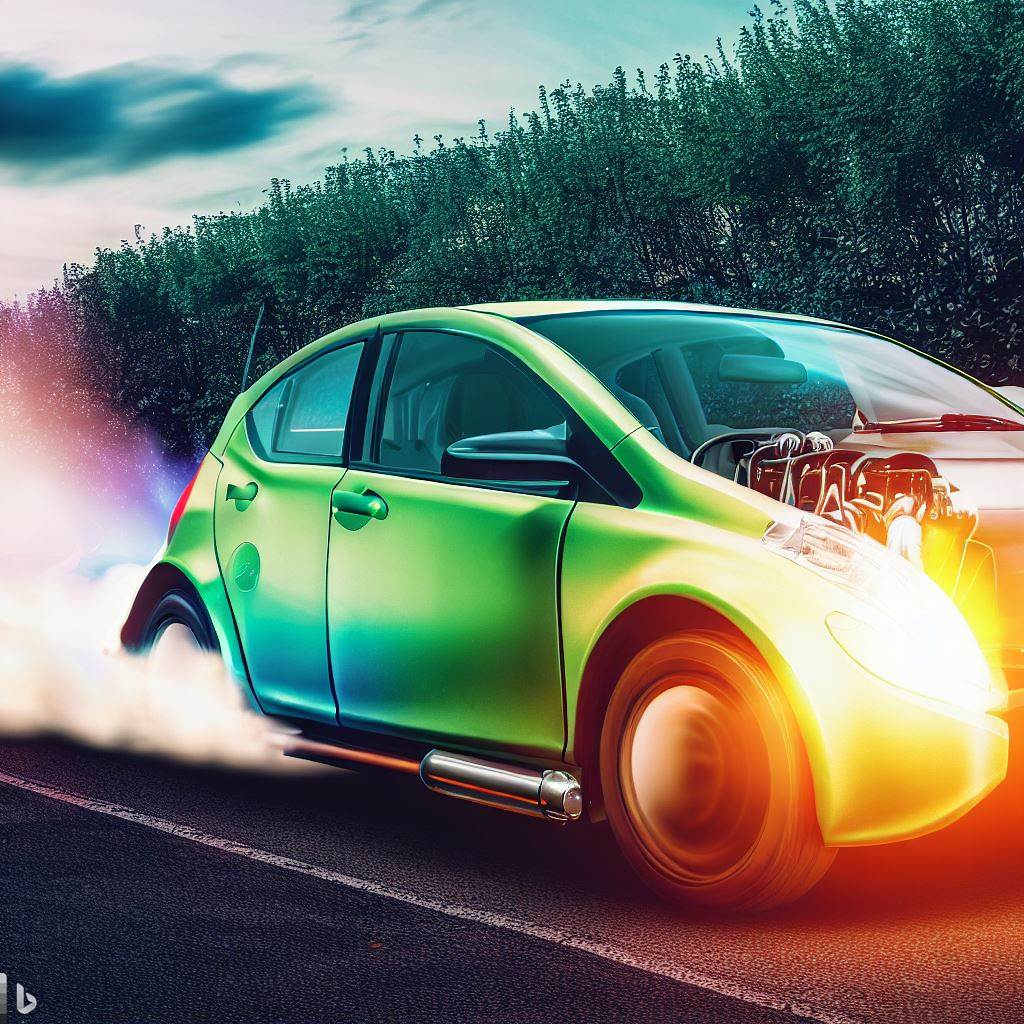
How to Hypermile
Hypermiling requires a bit of practice and patience, but it’s a skill that anyone can learn. Here are some tips for Hypermiling while driving:
Tips for Hypermiling while driving
- Maintain a steady speed: As mentioned earlier, maintaining a consistent speed is important for fuel efficiency. Try to stay within the speed limit, and avoid rapid acceleration or braking.
- Drive smoothly: Avoid aggressive driving, such as quick stops or sharp turns. Smooth, gradual acceleration and braking is more fuel-efficient.
- Use the right gear: Make sure you are driving in the appropriate gear for your speed and driving conditions. Driving in the wrong gear can reduce fuel efficiency and put unnecessary strain on the engine.
- Plan your route: Knowing what to expect on the road can help you drive more efficiently. Plan your route in advance, taking into account traffic patterns, road conditions, and weather.
- Avoid unnecessary idling: Idling wastes fuel, so try to avoid idling whenever possible. If you need to stop for more than a minute or two, turn off the engine.
- Minimize use of AC and other electronics: Air conditioning, heating, and other electronic devices use energy from the engine, which reduces fuel efficiency. Use these devices sparingly, and consider turning them off entirely to save fuel.
Maintenance tips for better fuel efficiency
In addition to driving techniques, there are also some maintenance tips that can improve fuel efficiency:
- Keep your tires properly inflated: Underinflated tires can reduce fuel efficiency. Make sure your tires are inflated to the manufacturer’s recommended pressure.
- Get regular tune-ups: Regular maintenance, such as tune-ups and oil changes, can help ensure that your car is running at its most efficient. A well-maintained engine uses less fuel and produces fewer emissions.
- Remove excess weight: The more weight your car is carrying, the more fuel it will use. Remove any unnecessary items from your car, such as roof racks, spare tires, and heavy cargo.
- Use the recommended motor oil: Using the right motor oil can improve fuel efficiency. Check your car’s owner’s manual for the recommended type of motor oil.
- Keep your car aerodynamic: Installing aerodynamic modifications, such as a rear spoiler or a front air dam, can reduce wind resistance and improve fuel efficiency.
- Keep your engine air filter clean: A dirty air filter can reduce fuel efficiency. Check your air filter regularly and replace it when necessary.
- Use high-quality gasoline: Using high-quality gasoline can improve fuel efficiency and reduce emissions. Look for gasoline with a higher octane rating.
By combining these driving techniques and maintenance tips, you can become a Hypermiler and enjoy the benefits of improved fuel efficiency and reduced emissions.
Safety Considerations
While Hypermiling can be a safe and effective way to improve fuel efficiency, it’s important to keep safety in mind. Some Hypermiling techniques can be dangerous if not done correctly or in safe conditions. Here are some safety considerations to keep in mind:
- Don’t obstruct traffic: It’s important to maintain a safe and reasonable speed while driving. Driving too slowly or impeding traffic can be dangerous and even illegal.
- Pay attention to the road: Hypermiling requires a certain level of attention and planning while driving. However, it’s important to never let this distract you from paying attention to the road and other drivers.
- Observe traffic laws: Hypermiling techniques should never compromise your safety or the safety of others on the road. Always observe traffic laws and drive responsibly.
- Don’t sacrifice safety for fuel efficiency: While Hypermiling can save you money on gas, it’s never worth sacrificing safety for fuel efficiency. Always prioritize safety while driving.
Final Thoughts
Hypermiling is a driving technique that can help improve fuel efficiency and reduce emissions. By using techniques such as maintaining a steady speed, driving smoothly, and minimizing the use of AC and other electronics, drivers can save money on gas and reduce their carbon footprint. However, it’s important to keep safety in mind while Hypermiling, and never compromise safety for fuel efficiency. By combining Hypermiling techniques with regular vehicle maintenance, you can become a more efficient and responsible driver.



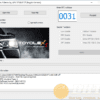
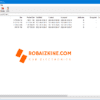
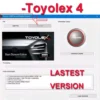
FunnyI just stumbled upon your blog post titled “How to Hypermile: Driving Techniques for Improved Fuel Efficiency and Reduced Emissions,” and I gotta say, I loved it! As someone who’s always on the lookout for ways to save gas and reduce my carbon footprint, your tips for hypermiling were super helpful.
I especially appreciated your emphasis on maintaining a steady speed, avoiding idling, and using cruise control. These are things I’ve heard before, but your explanation of why they work was really easy to understand.
And I gotta give you props for mentioning some of the more advanced hypermiling techniques, like drafting and pulse and glide. I’m not sure if I’m brave enough to try those just yet, but it’s cool to know about them!
Thanks for sharing your tips and tricks for hypermiling. Your post was well-written, informative, and easy to follow. I’m definitely gonna try out some of your suggestions in my own driving habits.
Cheers,
Martin
First time i hear efficient driving has a name…
Just don’t keep pedal to the metal!
Like some people tailgaiting you to reduce drag!!! So dangerous..
Well nice text, but i guess that can be dangerous and not worth it, i was wondering is it possible with electric car? 😀